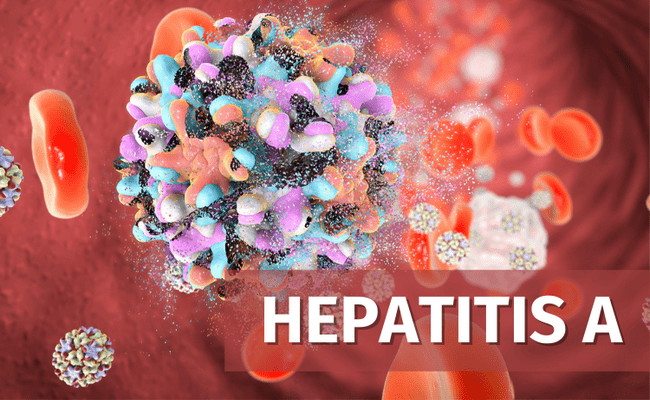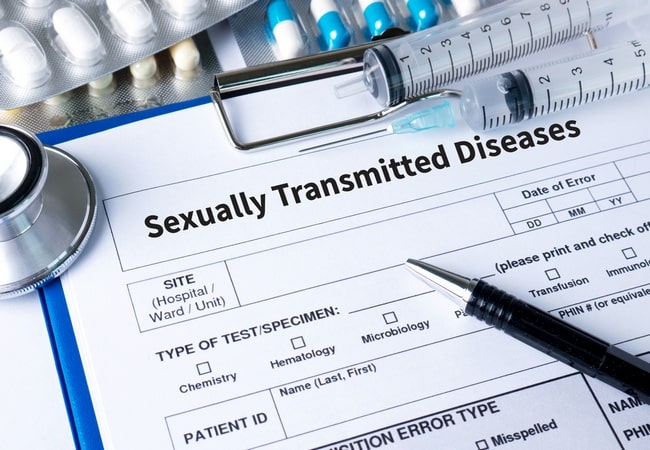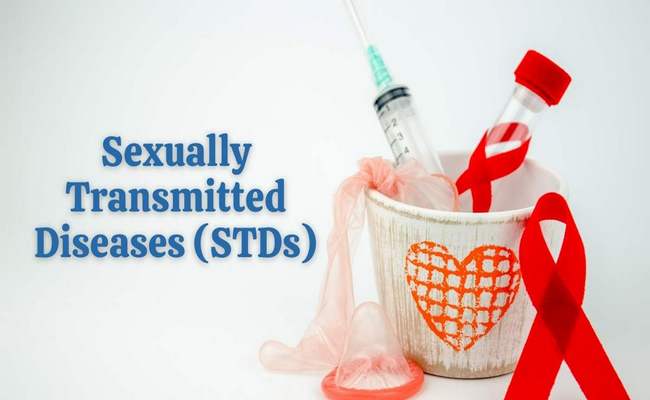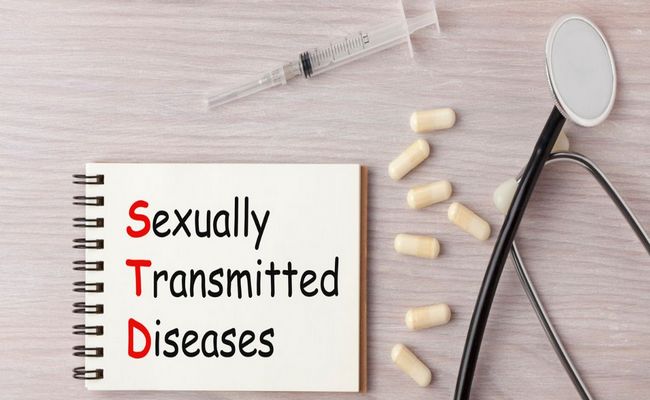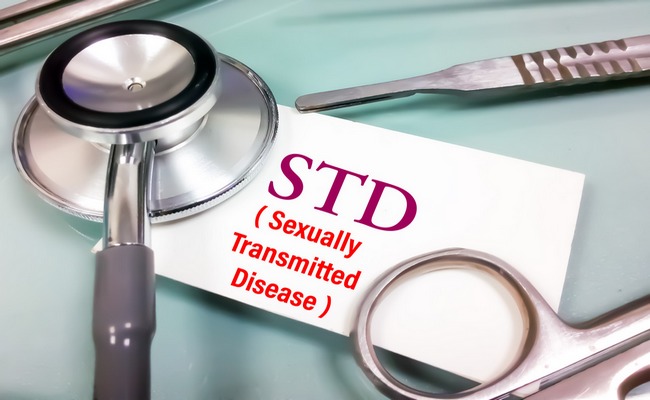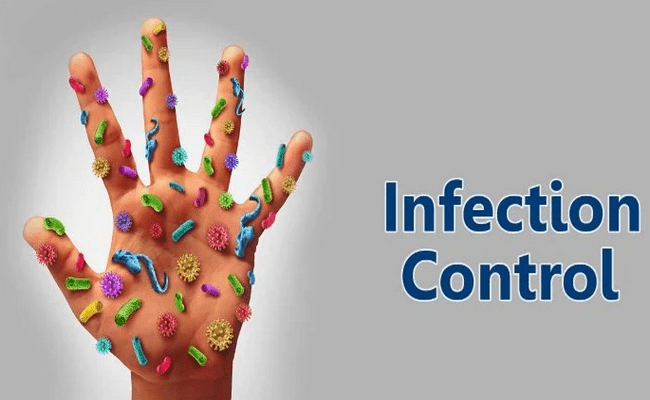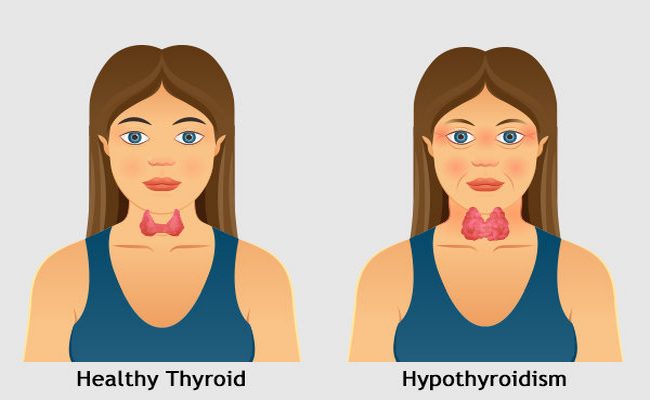How to Prevent and Control Hepatitis A?
Definition of Hepatitis A: Hepatitis A is an acute infectious disease caused by hepatitis HAV. Agent’s Factors of Hepatitis A: Agent: Causative agent is HAV. Resistance: The virus is resistance to heat and chemical. Reservoir of infection: Human cases only. Period of infectivity: 2 weeks before and 1 week after the onset of jaundice. Infective […]

